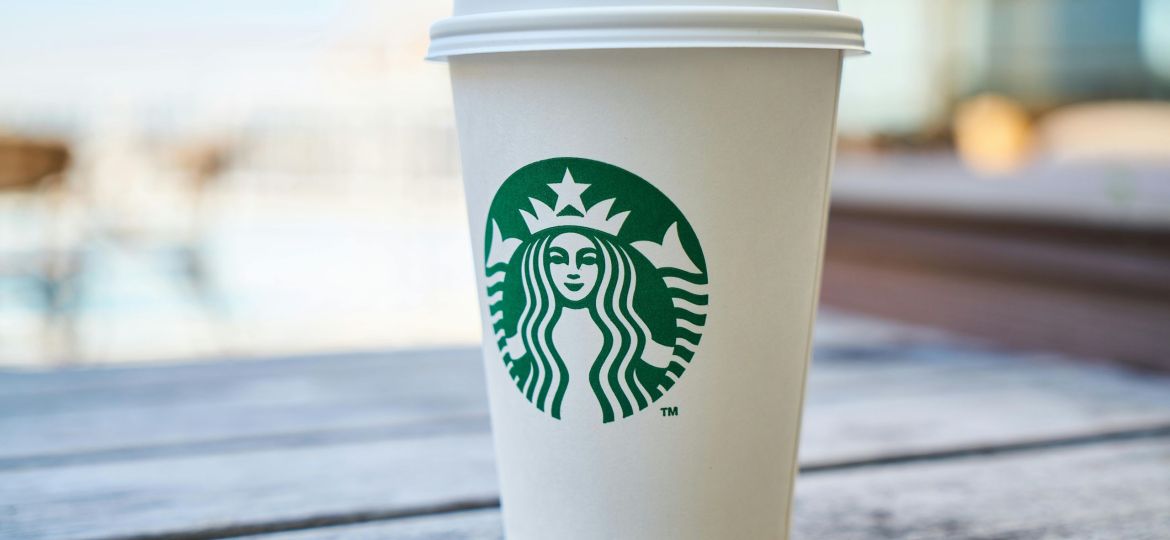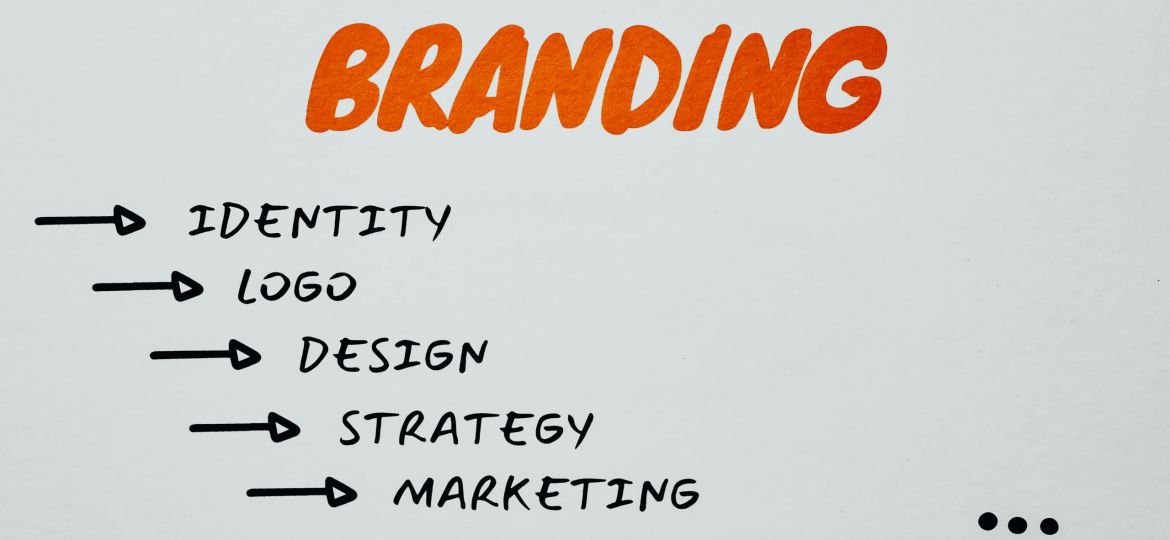Event Marketing: From Ideation to Execution for Maximum Impact
Event marketing plays an essential role in how brands, businesses, and organizers connect with their audience. It all starts with a great idea and ends in an unforgettable experience. For any brand looking to create lasting impressions, understanding the creative process behind event marketing is crucial.
Understanding Event Marketing
Event marketing is more than logistics—it’s about telling a brand story through immersive and engaging experiences. Whether it’s a product launch, corporate retreat, or promotional pop-up, every event should reflect the brand’s core values and leave a lasting impact on attendees.
Key Steps for Effective Event Marketing
Let’s dive deep into the creative process that guides successful event marketing strategies—starting from ideation all the way to flawless execution.
1. Ideation: Laying the Creative Foundation
- Define the Event’s Purpose: What’s the goal—brand awareness, lead generation, client appreciation?
- Know Your Audience: Every idea should be audience-focused. Conduct surveys or use past data to shape your insights.
- Brainstorm Freely: Encourage creative team sessions and use trend analysis to guide your vision.
A solid ideation phase ensures that your concept aligns with your business objectives and targets the right audience.
2. Concept Development: Refining Ideas into Reality
Once the creative energy has settled into a few strong concepts, it’s time to refine the vision. At this stage, you should also consider:
- Thematic Consistency: Matching the event theme to the brand identity is key.
- Venue Selection: Choose a venue that supports the theme and experience design.
- Budget Planning: Balance creativity with financial feasibility to optimize your ROI.
Using Storytelling to Elevate Events
Storytelling in events is becoming a cornerstone of modern brand marketing. Whether it’s through immersive branding, interactive activities, or personal narratives, storytelling creates emotional engagement.
Attendees should feel like characters in your brand narrative. This builds trust and makes the experience memorable—ultimately strengthening brand loyalty.
3. Planning and Logistics: Turning Vision into Action
Once you have your blueprint, it’s time to bring it to life. Important aspects include:
- Timeline Creation: Detail each stage of the process with manageable milestones.
- Stakeholder Coordination: Keep all partners, vendors, and staff informed and aligned.
- Legal and Permits: Confirm required licenses, insurance, and logistics permissions.
Use event management tools and platforms to simplify coordination and minimize miscommunication.
Brand Activations That Resonate
Brand activations are a powerful extension of event marketing. These hands-on, interactive experiences allow brands to create stronger emotional ties with their audience. Think pop-up shops, AR experiences, or product testing zones.
Example: A beverage brand may create a VR island getaway to showcase its product being enjoyed in exotic settings. This not only communicates the product’s value but makes it unforgettable.
4. Marketing the Event: Amplifying Reach
Even the most creatively planned event needs visibility. A strong promotional plan includes:
- Pre-Event Buzz: Leverage social media, influencers, and email marketing to spark interest.
- Partnerships and Sponsorships: Reach extended audiences by aligning with strategic allies.
- Media Kits: Provide customizable promo materials to brand advocates and partners.
Digital marketing strategies like retargeting ads and countdown timers also increase RSVPs.
5. On-site Experience: Where Magic Happens
This is the moment your concept comes to life. Ensure attendees are welcomed, engaged, and awed throughout the experience by focusing on:
- Sensory Design: From lighting to sound, every detail should enhance the vibe.
- Live Content Capture: Videos, photos, and social stories keep momentum going post-event.
- Real-time Engagement: NFT giveaways, QR code prize entries, or gamified activities keep attendees interacting.
Corporate Event Planning with Purpose
Corporate occasions—like internal conferences or team-building retreats—also benefit from event marketing best practices. By blending brand narrative with experiential design, companies can craft more meaningful engagements for employees and stakeholders alike.
Purpose-driven planning leads to measurable outcomes—like increased employee satisfaction, higher retention, and stronger team collaboration.
6. Post-Event Strategy: Measuring and Optimizing ROI
Your effort shouldn’t stop when the lights go down. Post-event strategies are crucial and include:
- Follow-Up Emails: Thank attendees and share key takeaways or media.
- Surveys and Feedback: Gather insights to improve future experiences.
- Analytics Review: Use KPIs (like attendance rate, social engagement, and lead growth) to determine ROI.
This data helps refine future strategies and showcases the value of investing in smart event marketing.
Final Thoughts: The Power of Creative Event Marketing
From the spark of an idea to an experiential masterpiece, the creative process behind event marketing is both exhilarating and strategic. When executed with intent and aligned with your brand’s mission, it not only generates buzz—it transforms perceptions and deepens loyalty.
To build impact with every event, businesses must incorporate creativity, data, and storytelling at every touchpoint.
Looking to execute a bold brand activation or rethink your corporate event planning approach? Explore Soul’s guide to unforgettable brand experiences.
For additional strategies and trends, visit Event Manager Blog.




